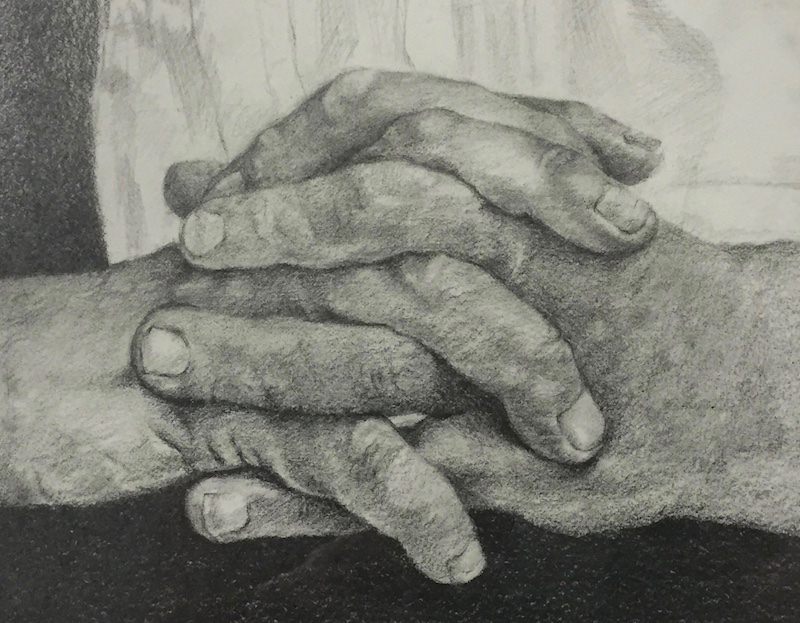Many people know from early on in life that they want to be an artist; others discover their passion in later years. Either way, there is an internal drive to progress in their artistic development. This short guide is intended to get you started, keep the momentum going, and help you find representation. This has been written from a representational painter’s point of view.
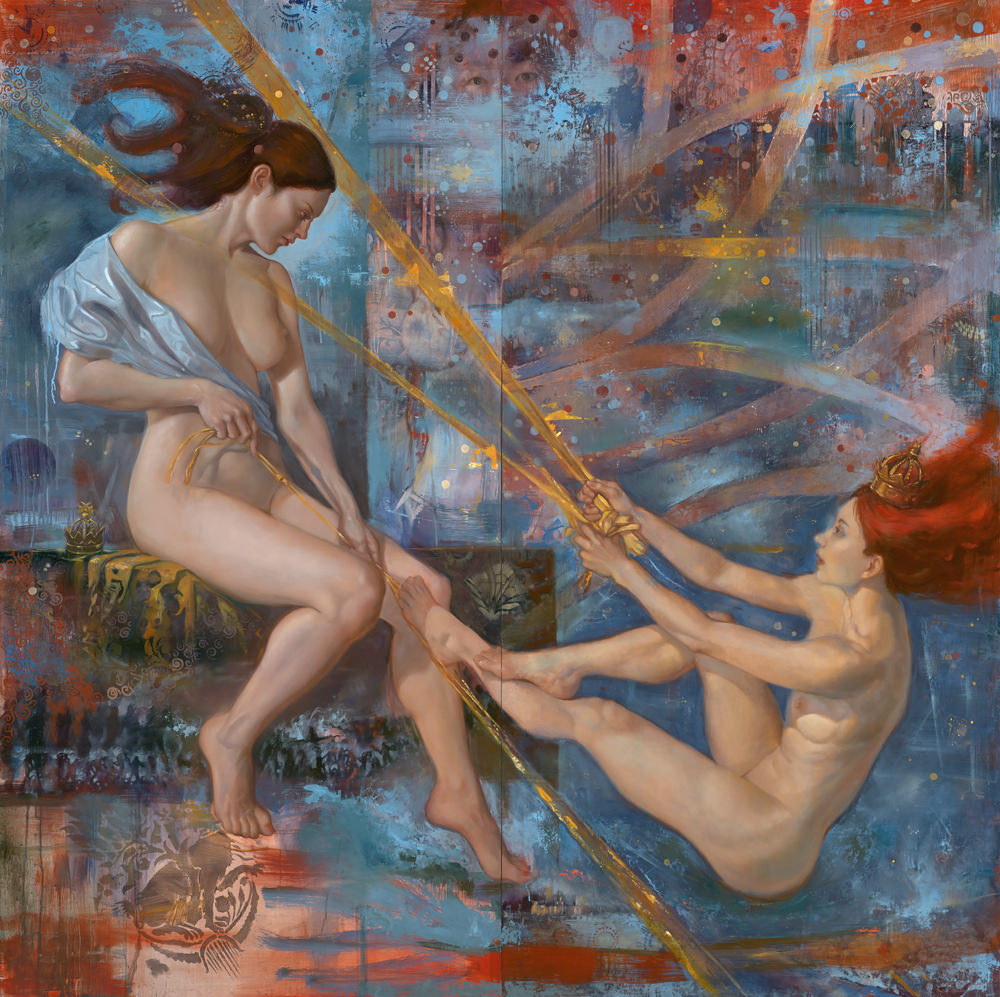
1. Never question your ability or talent.
The more pertinent question is: Do I have the drive to increase my skill level and put that talent to work? Talent gets you in the door, but technique and steadfastness deliver the results. You have to show up and work at it, even when you don’t feel like it. It’s that old adage: 90% perspiration and 10% inspiration.
2. Learn from the best.
Study with people whose work you admire, and you will progress faster.
3. Get really good at what you do.
Perfecting your technique will result in fewer rejections and speedier acceptances into galleries and competitions. It’s hard to express yourself if you can’t control your materials or draw well. With good instruction, three to ten hours of practice a day for four to twelve years, you will become an adept artist.
4. Be humble.
Don’t fight with your instructors. Listen to what they have to offer; take it as a contribution, not a criticism. They are there to help you.

5. Draw, draw, and draw.
Whatever kind of artist you want to be, it’s important to draw for at least thirty minutes every day. It improves your hand-eye coordination and helps you express your ideas faster and with more precision. Always carry a small sketchbook. Draw anything and everything—from your imagination, your memory, and what’s in front of you, including the TV.
6. Learn to squint.
Squinting helps you to see value and form and will guide you as to when to loose edges and find them.
7. Have a dedicated place to work.
Find a studio, or set up in the corner of a room.
8. Always work on your own projects outside of class.
This will make the transition from student to artist easier. The students that excel work on a regular basis, not just once a week.
9. Learn more than one genre.
It will expand the understanding of your craft. In particular learn aerial and linear perspective to help add visual depth to any genre.
10. Take a design class and study color theory.
These techniques will enable you to make a more sophisticated, harmonious work.
11. Study composition.
Learn how to lead the viewer’s eye around the painting to make an engaging work.
12. Treat your equipment with respect.
Whatever your medium, clean up at the end of the day. Painting and drawing are hard enough; don’t add further complications by neglecting your equipment.
13. Be observant.
Look at everything and analyze it, even if it’s something as small as an illuminated elevator button reflecting back into an adjacent surrounding metal. The more you analyze, the more you see.
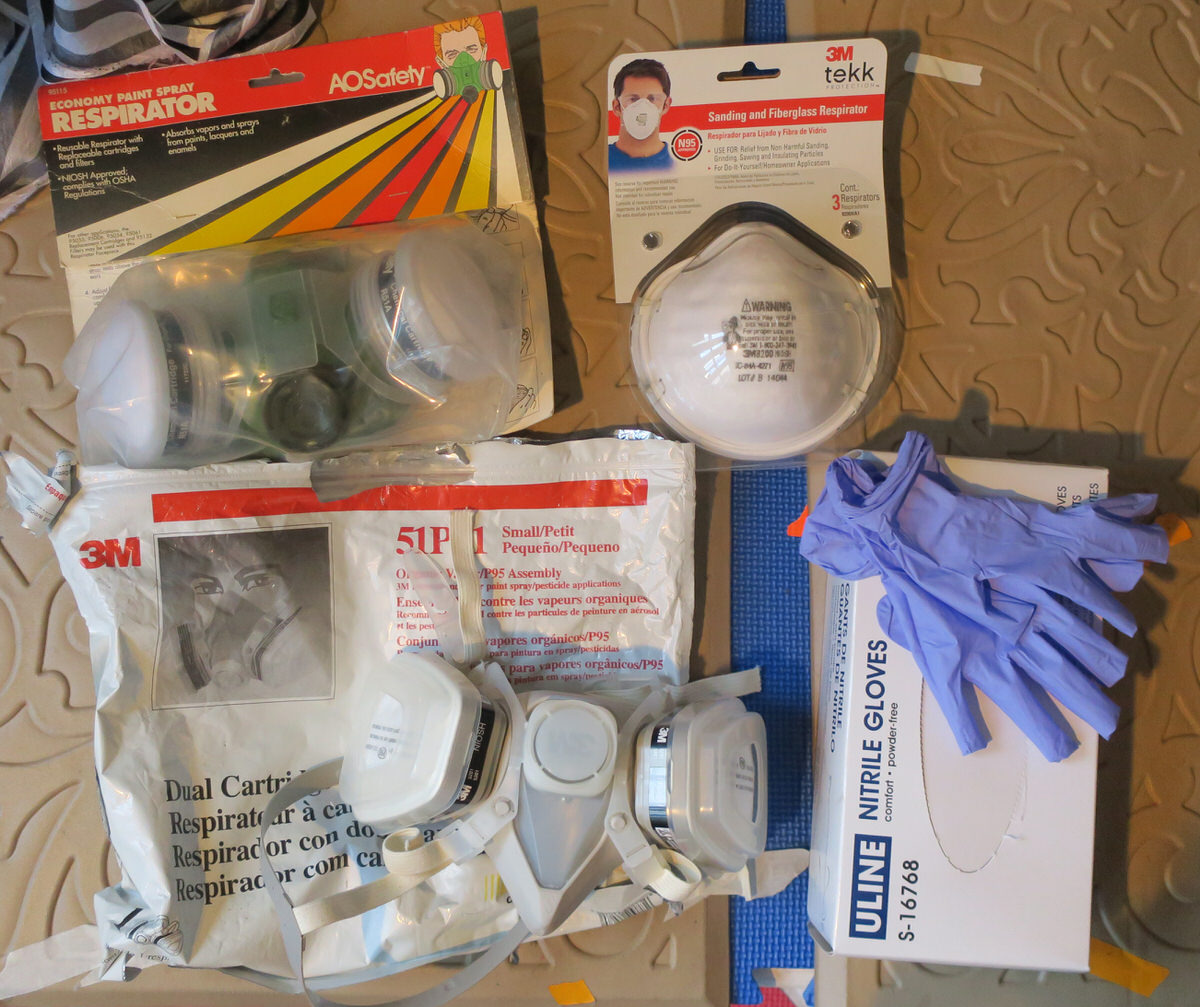
14. Keep a lid on it — for health and safety.
Artists use lots of chemicals, so protect yourself. Install an extractor fan, and keep a lid on all your solvents. Just because a product is odorless, does not mean it’s not harmful. Check the health label. Wear gloves to protect your skin and a mask if you generate a lot of dust or varnish your work.
15. Concentrate on what you are passionate about, and be true to yourself.
Take what you have learned as a series of pointers: keep what you want and use your own ideas along with who you are. Find your muse and be fearless! It can be scary creating images that are so personal, but it’s important to have your own voice. One small caveat: you may not get the recognition you expected, but it will be your point of view and therefore unique.
16. Discipline yourself post graduation.
The first year alone can be a struggle. If your goal is to get gallery representation, build a body of work of twelve to twenty pieces. Produce work that is consistent in style, medium, and scope. Galleries want to see consistency. Expect to work up to ten hours a day (this may include maintaining your website, photographing work, as well as painting). It can be lonely, but it’s up to you to carve out that time and to be your own critic and instructor. During this challenging time, get together with fellow artists. They will be your support group and allies.
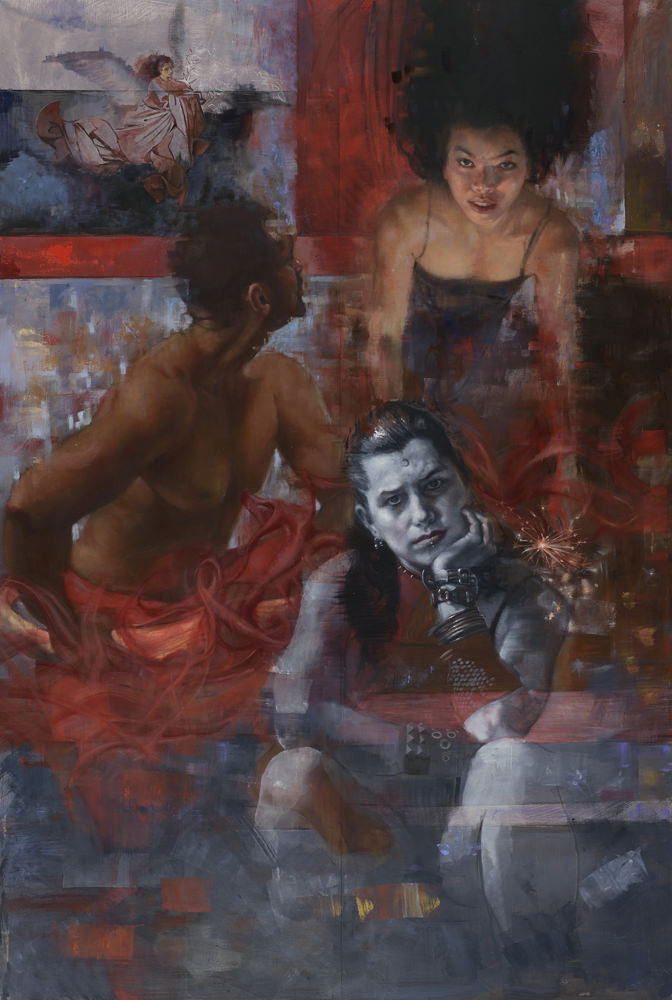
17. Invest in models.
If you prefer to draw and paint the figure from life, be prepared to pay around $20 an hour or more. Initially, it can feel awkward, but over time, it becomes more comfortable. If you are intimidated, have another artist join you, it also spreads out the cost. If you want photos, ask models how much they charge. It maybe as much as $100 an hour.
18. Artist block. It happens.
I have developed a few tricks to overcome this:
• Keep a file of images and things that would be fun to paint. A small project often helps to motivate.
• Work on more than one painting. My paintings are often at different stages of completion, so I can switch from one to another when I get bored or bogged down.
• Sketch while traveling. I found it makes for an easier transition when I return.
• Book a model, meet as a group, show up and work.
19. Further your education.
Look at other artists’ techniques, visit museums and galleries, watch DVD’s, YouTube demos, read magazines and books, examine online blogs, and take workshops. There is always something new to learn.
20. Get a website.
Galleries will not treat you seriously if you don’t have one. With all the third-party companies out there, it’s easy to learn how to create and maintain one. Keep it up to date and look at the analytics.
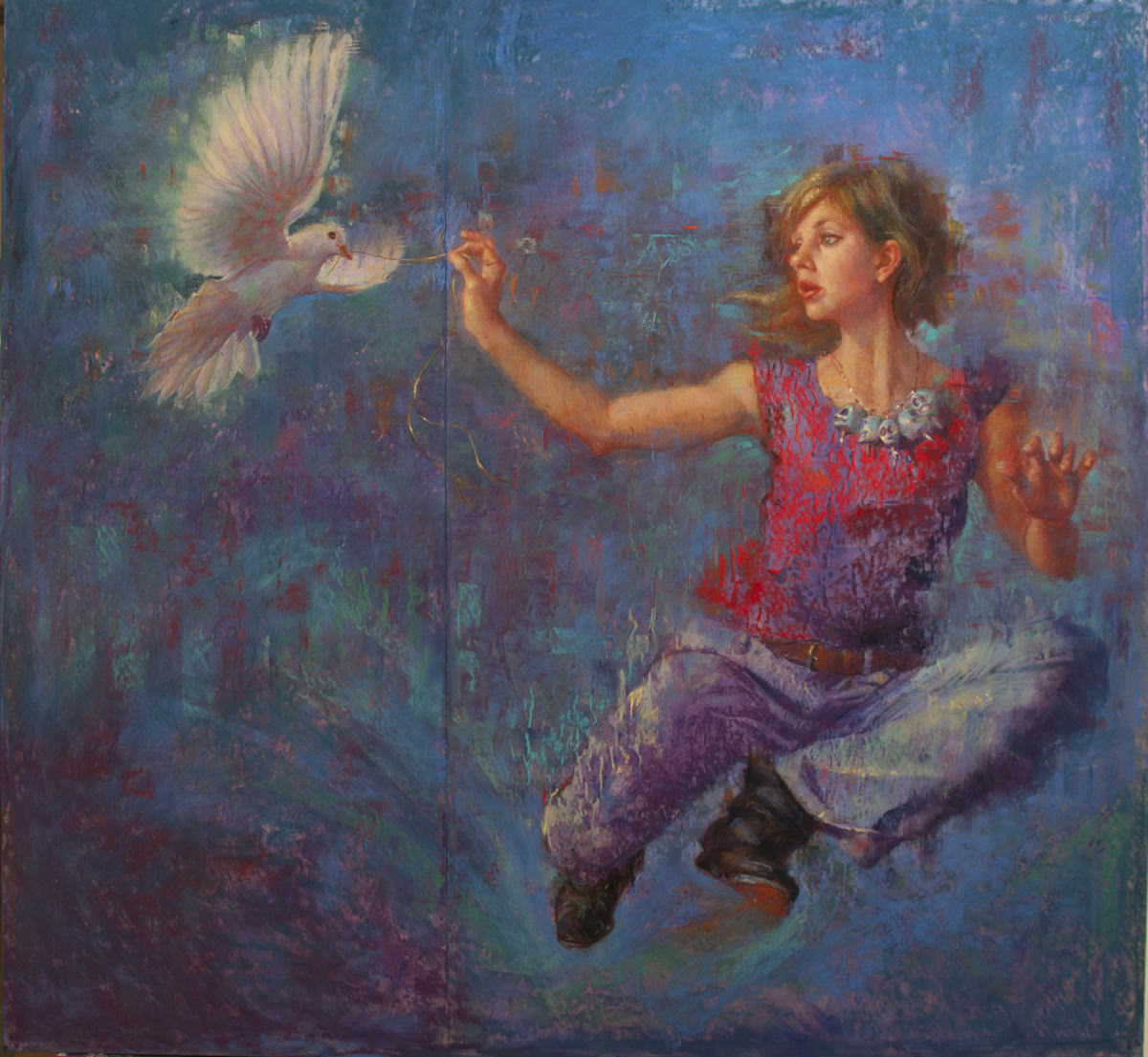
21. Enhance your e-mail signature.
Add your name and Instagram, Facebook, and website links at the bottom of each email you send with a brief description of what you do.
22. Use only the best images of your work.
Use a professional photographer, or learn how to do it yourself. A bad photo will ruin your chance of being taken seriously.
23. Create a presence on social media.
Your work will gain exposure; you can connect with other artists; and you may sell. I have sold drawings this way, and a TV company licensed a drawing for a pilot.
24. Get a business card.
And carry at least three with you. Business cards maybe less important today, but if you use a company like Moo, they can be works of art in themselves and people are more likely to treasure them and contact you.
25. Enter competitions.
It helps build your resume. Don’t enter classwork but check the prospectus first.
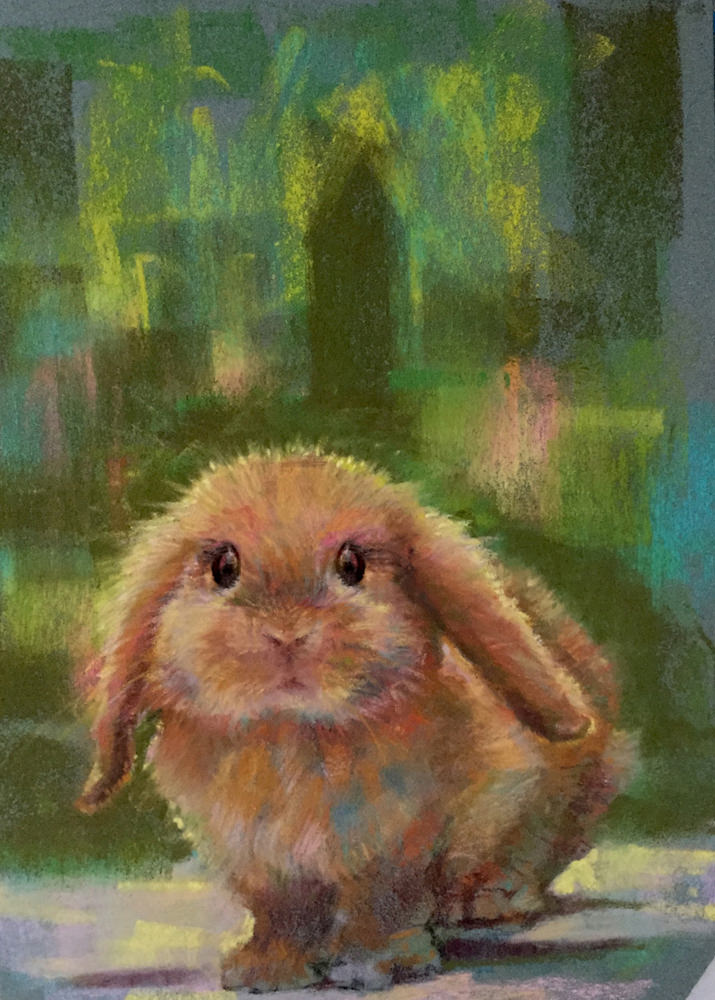
26. Get used to acceptance and winning.
It can be a distraction. Enjoy it for a day, then move on.
27. Get used to rejection.
It’s part of the process. Expect it; it’s going to happen. But don’t let it stop you from pursuing galleries or competitions. Sulk for a day, then move on.
28. Get a job.
If you can’t support yourself through your art, find a job that allows both time and mental space for you to create.
29. Teach and give back.
Teaching is a great job because you use your skills and give back to the next generation of artists.
30. Write about art.
Submit to magazines and newspapers and get your name out there. It’s another way of giving back.
31. Join or get involved with art societies and clubs.
They will give you an opportunity to participate and exhibit your work.
32. Get your work out there.
Hang work in cafes, bars, hotels, restaurants, courts of justice etc., the more exposure the better.

33. Find a gallery.
When looking for a gallery find one that is new and is looking for new talent, choose one that exhibits work that compliments or is similar to yours, that way you can grow with them and get more exposure. When visiting galleries, dress well and do chat to the gallery staff, find out the name of the director and complement the work on the walls. Ask what their submission policy is, if none, email three images and ask if they would like to see more. If a gallery wants to see your work, send an email, with a neat list of titles, sizes, medium and prices along with professionally shot images and remember to ask what size of files they require. Follow up and make sure they received it.
34. Once you are in a gallery, don’t just sit back and do nothing.
Continue to promote yourself: enter competitions, advertise, curate and check in with your gallery every two-to-four months, show up to openings, and send images of what you are working on. This keeps the relationship going. After a year or two, find a second gallery in a different area, but check first with your gallery. Some galleries are very territorial about where you can exhibit.
35. Showtime!
When you are in a show, send out invites well ahead of the opening. Use an app like Mailchimp to help organize your mailing list and to help prevent your promotional emails from getting blocked by your recipients’ spam filters. Keep your website up to date, but check with your gallery when to post your work because they may prefer to post it before you do. Also, ask the gallery if they want you to do small reveals on IG before the show or just to post finished work before or after the show is open.
Opening reception: don’t drink alcohol to excess. Save the partying for after the event. Show up early and stay the entire time. This is your business, you have spent a long time creating it, so be ready to talk about it and be prepared to answer questions including “What does it mean?” Why is it that price, and will it match my sofa (I know, groan)? Shipping: often a gallery will ship work back to you, but you must ship it to them first. Check the gallery policy ahead of time. If you are submitting a large heavy work, look into shipping costs before submission. Don’t submit, get accepted then find out it’s too costly to ship. That’s not going to help your career. If dropping off, be prepared to take your packing with you, some galleries have very little extra space.
Be prepared to work hard and enjoy the journey. Good luck!
Further reading:
Kristy Gordon, “All About Art Business: How to Market Yourself as an Artist”
Kristy Gordon, “Do’s and Don’ts for Navigating the Art World”
Jerry Saltz, “How to Be an Artist”




